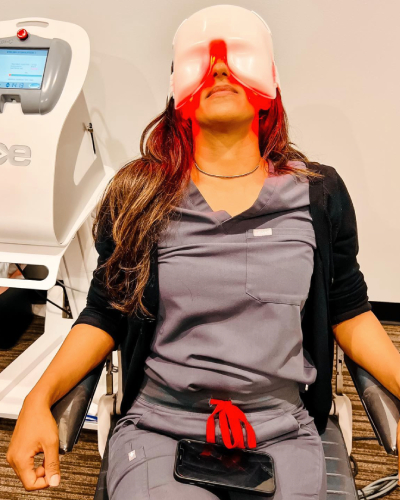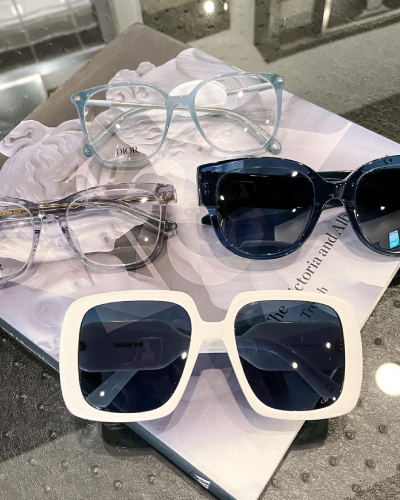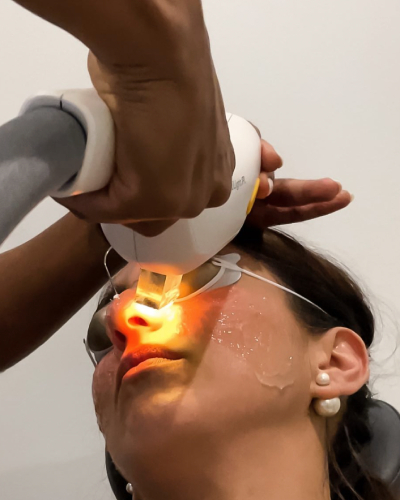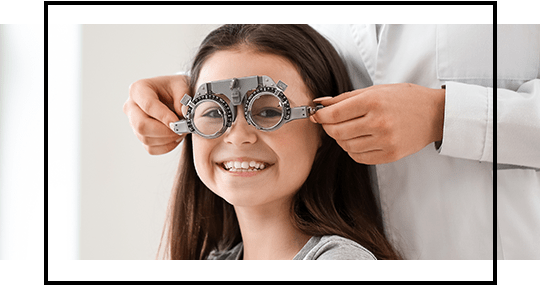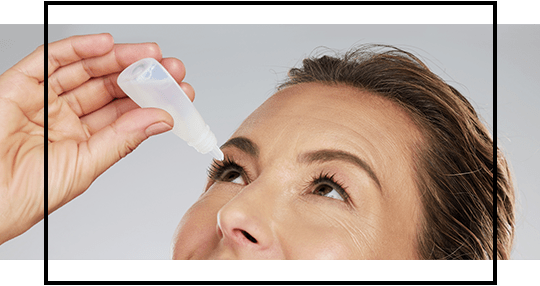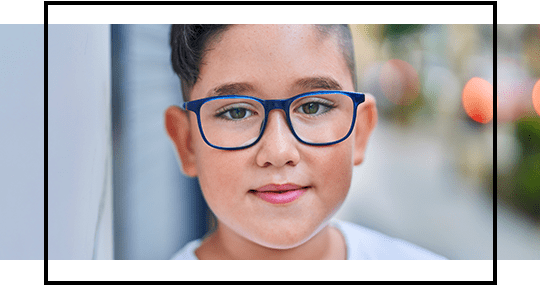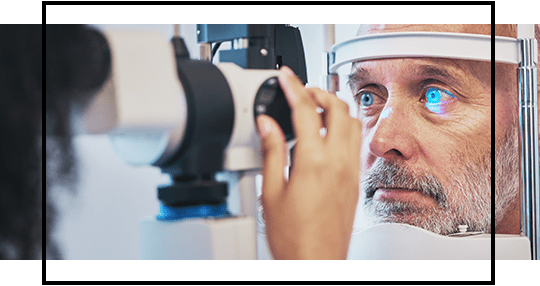We’ve Got Your Dry Eye Relief Covered
Do tired, gritty, strained eyes take a toll on your work productivity? Are you constantly reaching for eye drops or squinting to read your screen, even with prescription lenses?
Dry eye symptoms can disrupt your routine and keep you from life’s simple pleasures. But dry eye treatment at our dry eye clinic can help.
At Pro-Optix Optometry & Dry Eye Center, our optometrists in Houston take a personalized approach to address your discomfort, vision, and eye health. We’ll work closely with you to develop a treatment plan that targets your unique symptoms. We proudly serve the Houston area, including West University Place, Bellaire Junction, and River Oaks.
Book AppointmentWhat Is Dry Eye?
Your eyes need a consistent layer of tears (the tear film) to keep the eye’s surface hydrated, nourished, and clean. Dry eye is when your eyes stop producing enough tears or only produce poor-quality tears, resulting in moisture evaporating too quickly.
Dry eye symptoms can worsen without treatment, potentially damaging the eye’s surface and impairing vision.
What Causes Dry Eye?
Dry eye can develop for a number of reasons, but the most common include:
Aging & Hormonal Changes
Our eyes produce fewer tears as we age, with many people over age 65 experiencing dry eye disease. Hormonal changes, which can occur because of aging, medications, or medical conditions, can also affect tear production.
Medications
Certain medications, including antihistamines, decongestants, and blood pressure medications, can reduce tear production. The eye’s surface needs a steady amount of tears for nourishment and comfort.
Medical Conditions
A number of health conditions can affect eye health, including diabetes, rheumatoid arthritis, and thyroid conditions.
Your eye health is connected to your overall health. Inflammatory conditions, in particular, can interfere with normal tear production. We can help you manage your visual health and overall health with personalized treatment.
Eyelid Conditions
When the eyelids are inflamed (blepharitis) or the meibomian glands are clogged (meibomian gland dysfunction), it prevents the release of natural oils necessary for quality tears. Blinking also helps spread moisture evenly across the eye to support clear vision and comfort.
Environmental Conditions
Dry climates, exposure to smoke or wind, and dehydration can decrease tear production and increase tear evaporation.
Digital eye strain can also cause dry eye symptoms. Prolonged screen time, whether for work, school, or downtime, can overwork our eyes and reduce how often we blink.
Contact Lenses & Eye Surgery
Contact lenses and refractive eye surgeries, such as LASIK, affect the eye’s surface directly. If a contact lens doesn’t fit well, it can irritate or even scar the cornea, leading to problems with the tear film. On the other hand, laser eye surgery reshapes the cornea to enhance vision but can also affect tear production.
That’s why routine eye exams after eye surgery and contact lens exams are essential for maintaining eye health and comfort.
What Are Common Dry Eye Symptoms?
Dry eye can lead to a complex variety of symptoms. Although dryness is the most common symptom, patients can also experience watery eyes (as the eye produces too many tears trying to compensate for poor-quality tears.)
Blinking may feel uncomfortable, or your eyes may feel tired or heavy, leading to headaches or strained eyes.
Other common dry eye symptoms include:
- Burning or stinging sensations
- Blurry vision
- Gritty, scratchy eyes
- Light sensitivity
- Stringy mucus
How Can Dry Eye Treatment Help?
At Pro-Optix Optometry & Dry Eye Center, we’re dedicated to providing quality eye care. We take a personalized approach to dry eye therapy, developing a treatment that addresses not only your eye health but also your overall well-being.
Just like physical therapy, dry eye therapy should be tailored to the individual. We understand that each patient’s experience is unique. That’s why we’ve invested in technologies and therapies that can be customized to fit your specific goals and needs.
Our treatment plans are thoughtfully designed to target the underlying cause of symptoms and improve your quality of life.
Intense Pulsed Light (IPL)
Intense pulsed light (IPL) therapy can help treat meibomian gland dysfunction, a leading cause of dry eye.
Gentle pulses of light heat the skin around the eyes, reducing inflammation and stimulating oil production (meibum) from the meibomian glands. These natural oils support tear quality, allowing moisture to last longer and spread evenly on the eye’s surface.
Patients can achieve quick relief, with repeated sessions improving and sustaining positive outcomes.
Learn more about IPL therapy.
OptiLIFT by Lumenis
Dry eye symptoms don’t always start on the surface of your eyes—they can begin with the strength and tone of your eyelids. That’s why we offer OptiLIFT by Lumenis, a treatment option that supports eyelid function while offering a gentle cosmetic boost.
OptiLIFT uses a combination of radiofrequency (RF), dynamic muscle stimulation, and microneedling to:
- Strengthen blinking for better tear distribution
- Enhance meibomian gland expression to support your tear film
- Lift and tone the eyelid area, reducing sagging or drooping
This noninvasive treatment helps improve how your eyes feel and how they look. If you’re experiencing chronic dry eye, incomplete blinking, or mild eyelid laxity, OptiLIFT may be an ideal next step in your care plan.
LipiFlow
LipiFlow is a noninvasive treatment that uses gentle heat and pressure applied to the eyelids to unclog the meibomian glands, which produce the oily layer of the tear film that prevents moisture evaporation.
Using an imaging device called the LipiScan, we can tailor your LipiFlow treatment to your unique eye health needs. We can also give you a glimpse of your meibomian glands and compare them with healthy ones, so you can see the difference.
This personalized treatment can alleviate dry eye symptoms and enhance overall eye health.
Low-Level Light Therapy (LLLT)
Low-level light therapy (LLLT) is an effective, noninvasive treatment for dry eye, styes, and chalazions.
The treatment uses uniquely designed LED lights to gently warm the eyelids, penetrating the meibomian glands. These glands produce natural oils needed to support tear quality. LLLT helps unclog the glands by melting trapped oil and reduces inflammation to improve tear flow.
Amniotic Membrane
Amniotic membranes have potent growth factors and anti-inflammatory properties that promote the healing of the eye’s surface, reducing inflammation and supporting improved tear quality.
The amniotic membrane is placed on the eye, similar to a contact lens, creating a protective barrier over the cornea. To help keep the tissue in place, the eye may need to remain closed with gauze or medical tape for a few days.
Punctal Plugs
Punctal plugs can help alleviate dry eye symptoms by preventing tear drainage. The tiny medical devices are placed in the eye’s tear ducts (puncta) so that moisture stays on the eye’s surface.
There are 2 types of plugs:
- Temporary punctal plugs are made of collagen, a natural material that the body breaks down and absorbs, typically lasting a few months.
- Semi-permanent punctal plugs are made of medical-grade silicone or plastic, which can last years.
The procedure can be performed quickly with no downtime, so you can get back to your routine with refreshed eyes immediately.
Get Started with Our Dedicated Team Today
If you experience dry eye symptoms, you know how disruptive it can be to your day-to-day life. The good news is that customized treatment can make a world of difference.
We’re passionate about helping our patients experience healthier vision. Whether you love spending time outdoors, relaxing with a good book, or cherishing quality time with loved ones, personalized dry eye therapy can help you get back to enjoying what you love most.
To find out how we can help you refresh your eyes and improve your quality of life, book an appointment at Pro-Optix Optometry & Dry Eye Center.
Book AppointmentVisit Our Location
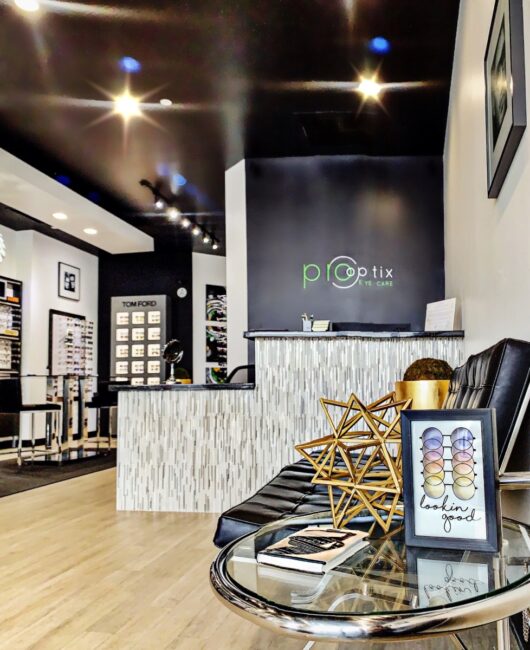
Our Address
- 3800 Southwest Fwy, Suite 112
- Houston, TX 77027
Contact Information
- Phone: 713-360-7095
- Email: [email protected]
Hours of Operation
- Monday: 10:00 AM – 6:00 PM
- Tuesday: 10:00 AM – 6:00 PM
- Wednesday: 10:00 AM – 6:00 PM
- Thursday: 10:00 AM – 6:00 PM
- Friday: 10:00 AM – 5:00 PM
- Saturday: 9:00 AM – 3:00 PM
- Sunday: Closed

Our Services
Our Brands

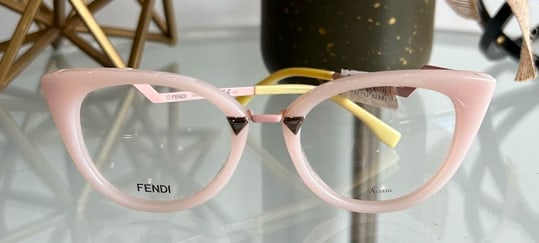
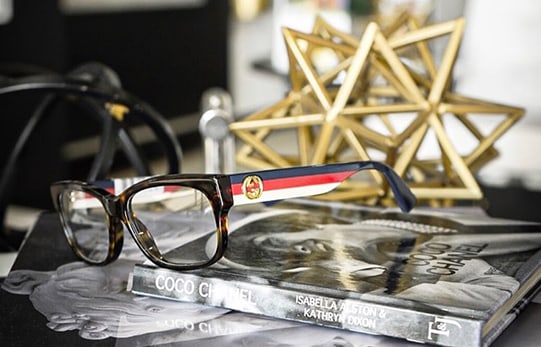





Our Google Reviews

Check us out on Instagram

